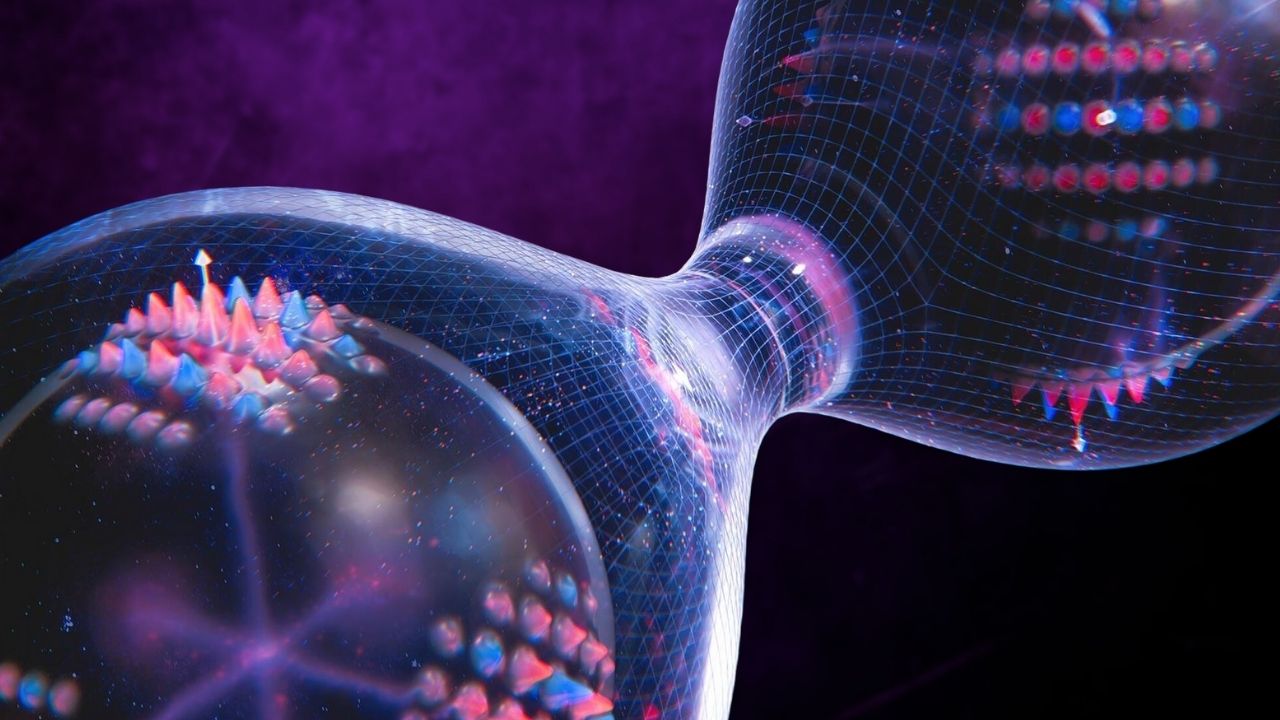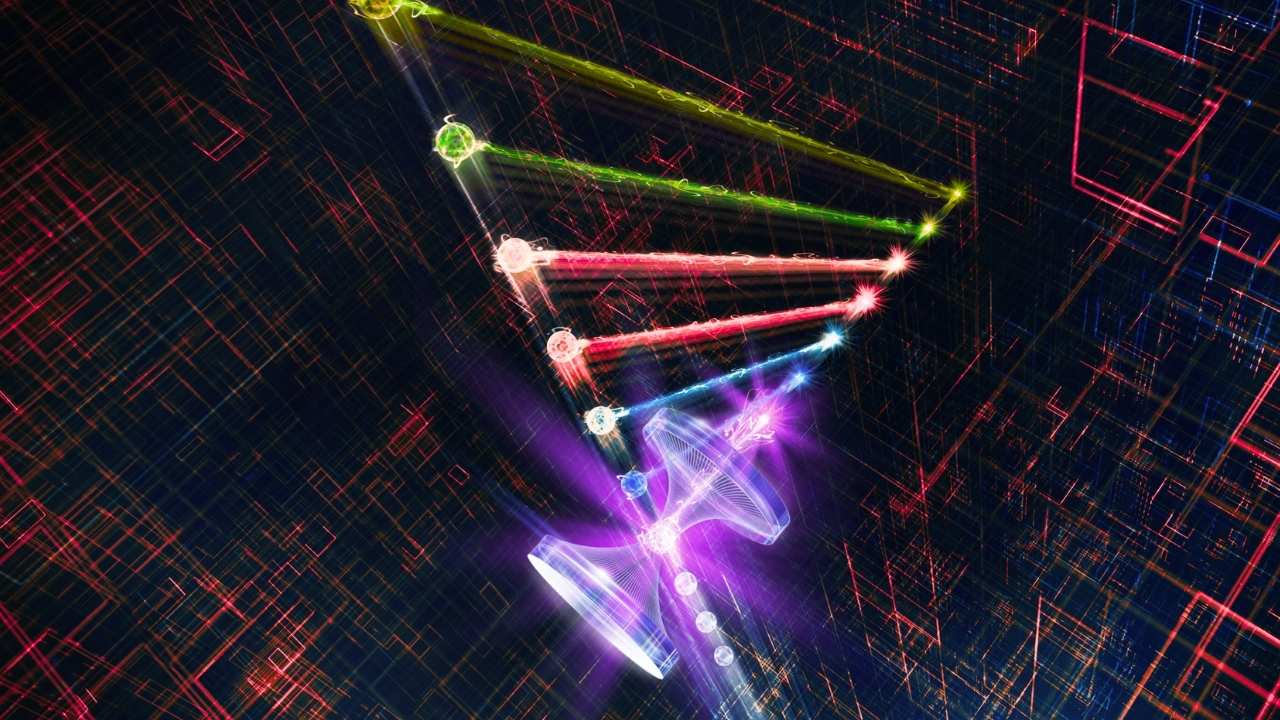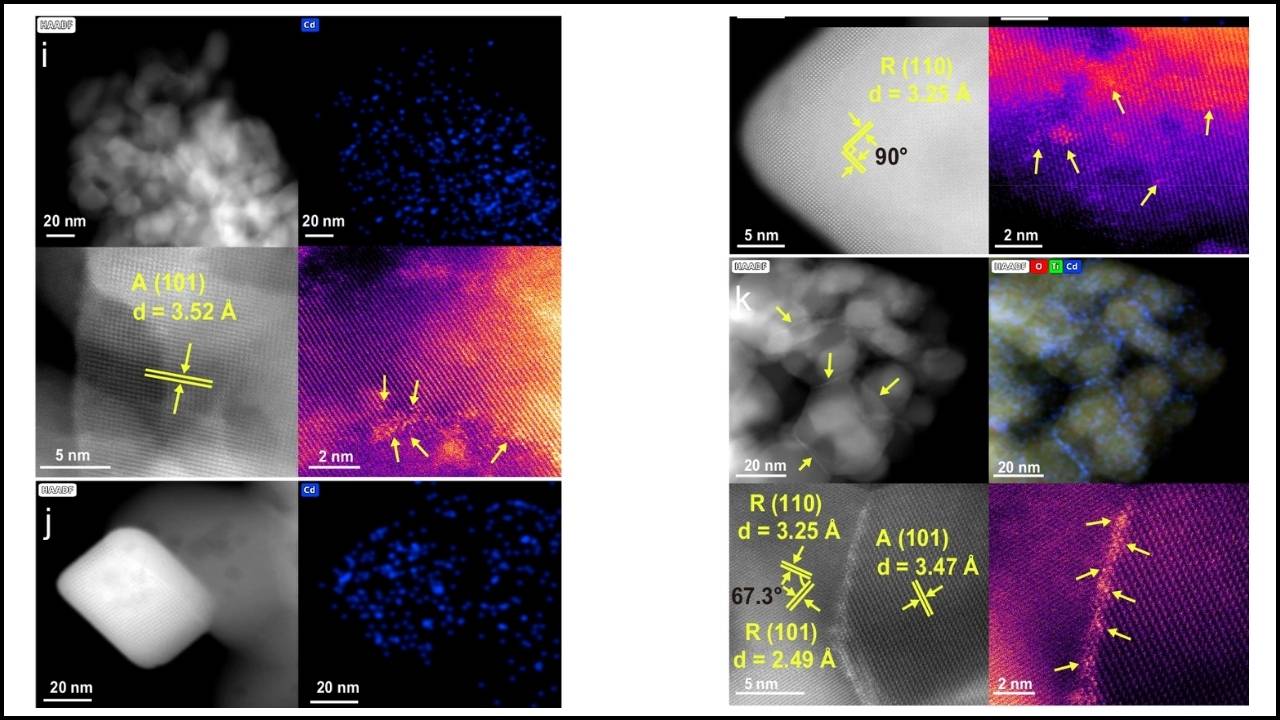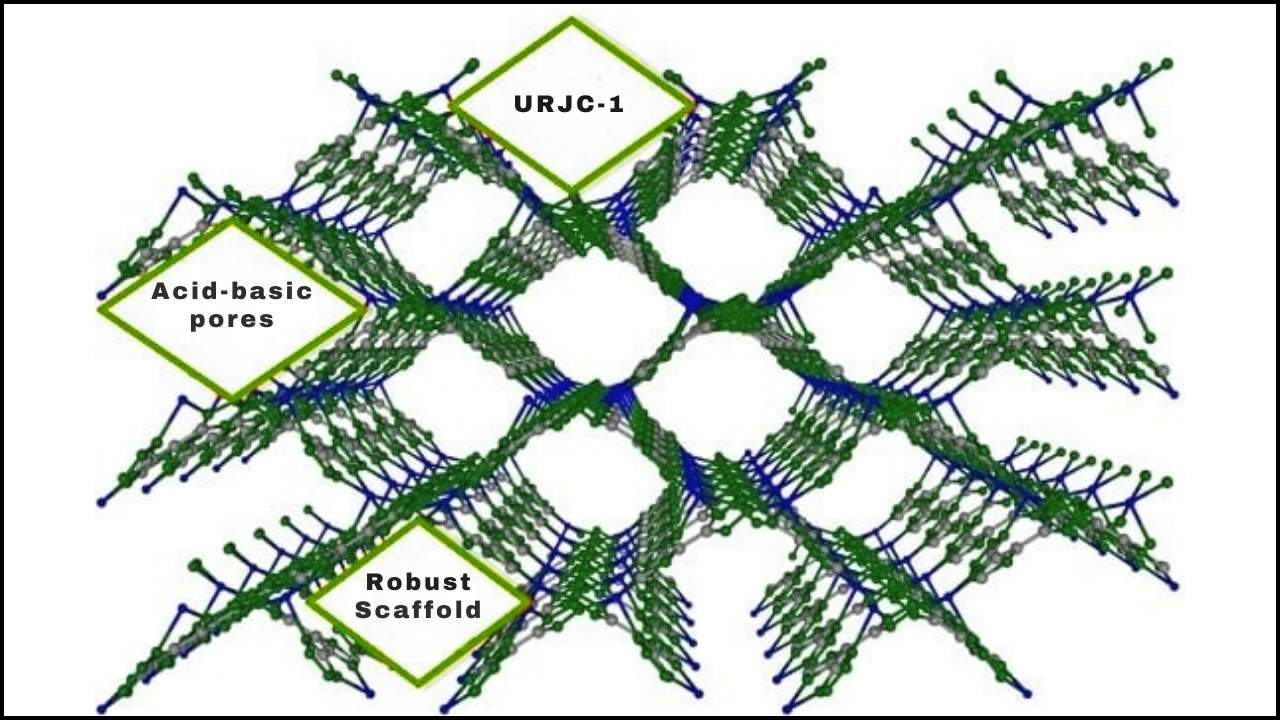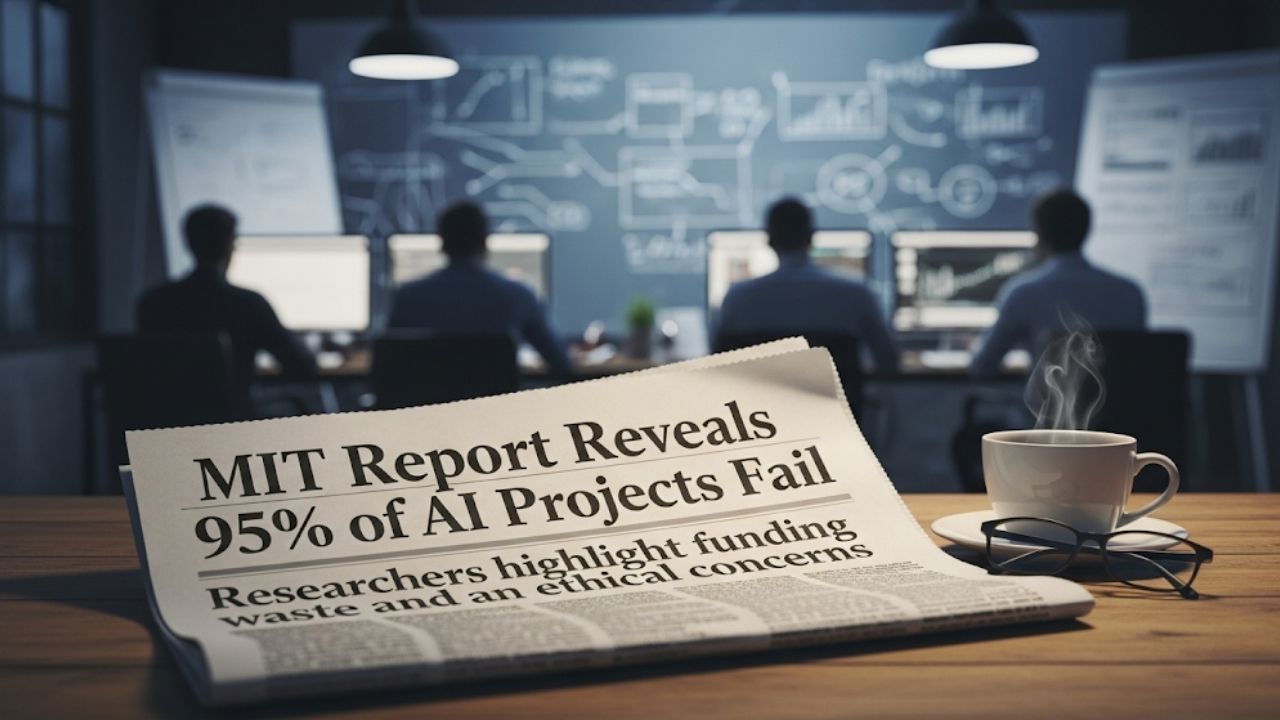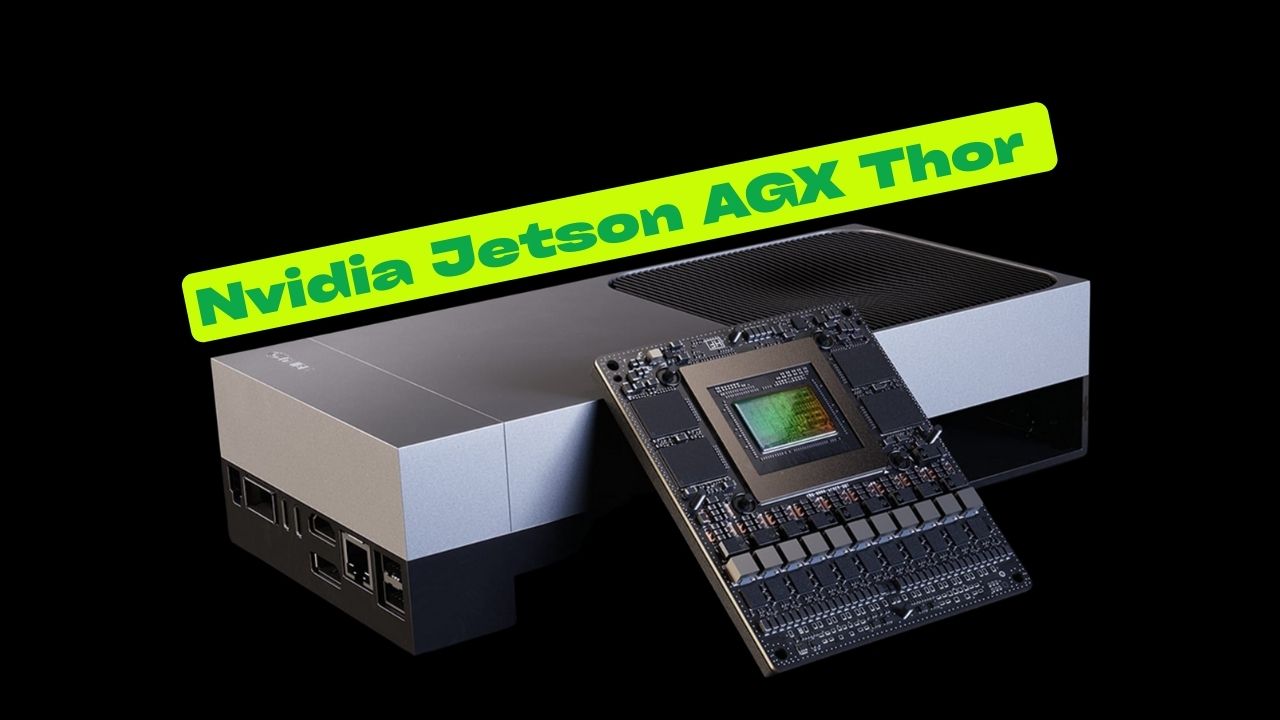Quantinuum Reaches Critical Milestone in Error Correction: Imagine a world where computers can solve problems in minutes that would take today’s best supercomputers thousands of years. That’s the promise of quantum computing—a technology that could revolutionize medicine, finance, and even climate science. But there’s a catch: quantum computers are extremely sensitive to errors. Now, Quantinuum has cleared the last major hurdle to making large-scale, reliable quantum computers a reality by achieving a critical milestone in quantum error correction.
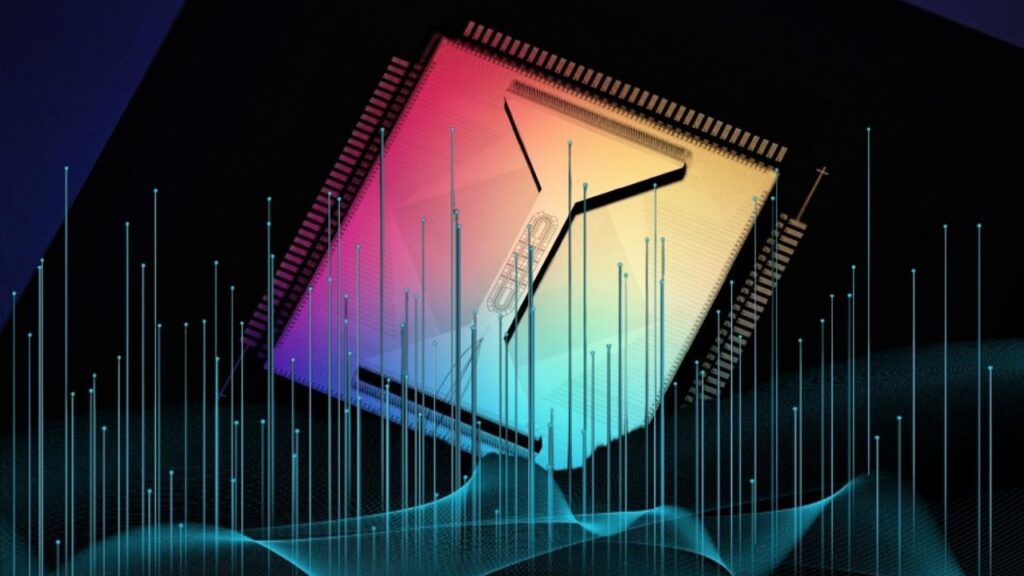
In June 2025, Quantinuum announced groundbreaking results that position them as the first company to develop a complete, universal, fully fault-tolerant quantum computer with repeatable error correction—and error rates low enough for real-world use. This achievement is a giant leap toward scalable, industrial-scale quantum computing and brings us closer to a future where quantum computers are not just lab curiosities, but powerful tools for solving humanity’s toughest challenges.
Quantinuum Reaches Critical Milestone in Error Correction
| Key Aspect | Details/Data |
|---|---|
| Company | Quantinuum |
| Milestone | Universal, fully fault-tolerant quantum computer with repeatable error correction |
| Magic State Infidelity | 7×10⁻⁵ (record-setting, 10x better than previous results) |
| Simulated Infidelity | 10⁻¹⁰ (one error per 10 billion operations on larger systems) |
| Two-Qubit Non-Clifford Gate | Logical error rate below physical: 2×10⁻⁴ (10x better than physical error rate) |
| Target Launch | Fully fault-tolerant, universal quantum computer by 2029 |
| Industry Impact | Moves beyond NISQ era; enables utility-scale quantum computing |
Quantinuum’s recent breakthrough in quantum error correction is a game-changer for the entire field of quantum computing. By achieving record-setting fidelities in magic state production and demonstrating a fully fault-tolerant universal gate set, Quantinuum has cleared the last major hurdle to building practical, large-scale quantum computers. This milestone brings us closer to a future where quantum computers will solve problems that are currently impossible for even the most powerful supercomputers.
What Is Quantum Error Correction?
Quantum computers are built on qubits, the quantum version of the bits in your phone or laptop. But qubits are fragile—tiny changes in temperature or even stray light can cause them to make mistakes. Quantum error correction (QEC) is a set of techniques that protect quantum information from these errors, allowing quantum computers to run complex calculations without falling apart.
Think of QEC like a safety net for a tightrope walker. If the walker slips, the net catches them. Similarly, QEC catches and fixes errors before they ruin the computation. With QEC, quantum computers can run longer and more complex programs, making them useful for real-world problems.
The Quantinuum Breakthrough: Explained Step by Step
1. Magic State Production
Magic states are special quantum states that allow quantum computers to perform any kind of calculation. Producing them reliably is crucial for a universal quantum computer—one that can solve any problem, not just a few specific ones. Quantinuum’s team used their System Model H1-1 to perfect magic state production, setting a new record for how accurate these states can be. Their magic state infidelity is now just 7×10⁻⁵, which is 10 times better than any previous result.
Infidelity is a fancy word for “how often things go wrong.” The lower the infidelity, the fewer mistakes the quantum computer makes.
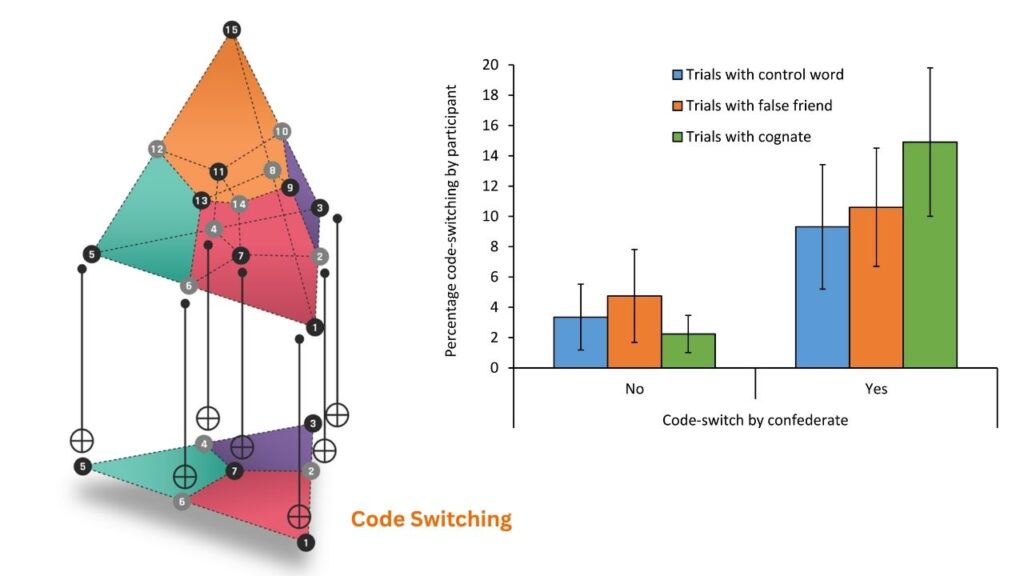
2. Break-Even Two-Qubit Non-Clifford Gate
Quantum computers use different types of gates (like the logic gates in classical computers) to perform calculations. Non-Clifford gates are especially important for universal quantum computing, but they’re also the hardest to make reliable. Quantinuum demonstrated a two-qubit non-Clifford gate with a logical error rate below the physical error rate—meaning the error-corrected gate actually works better than the raw, uncorrected one. Their logical error rate was 2×10⁻⁴, almost 10 times better than their physical error rate.
3. Fully Fault-Tolerant Universal Gate Set
Putting it all together, Quantinuum ran the first circuit using a fully fault-tolerant universal gate set. This means every operation in the quantum computer is protected by error correction, and the computer can perform any quantum calculation reliably. This is a first for the industry and a major step toward building practical, large-scale quantum computers.
Why This Matters: From NISQ to Utility-Scale
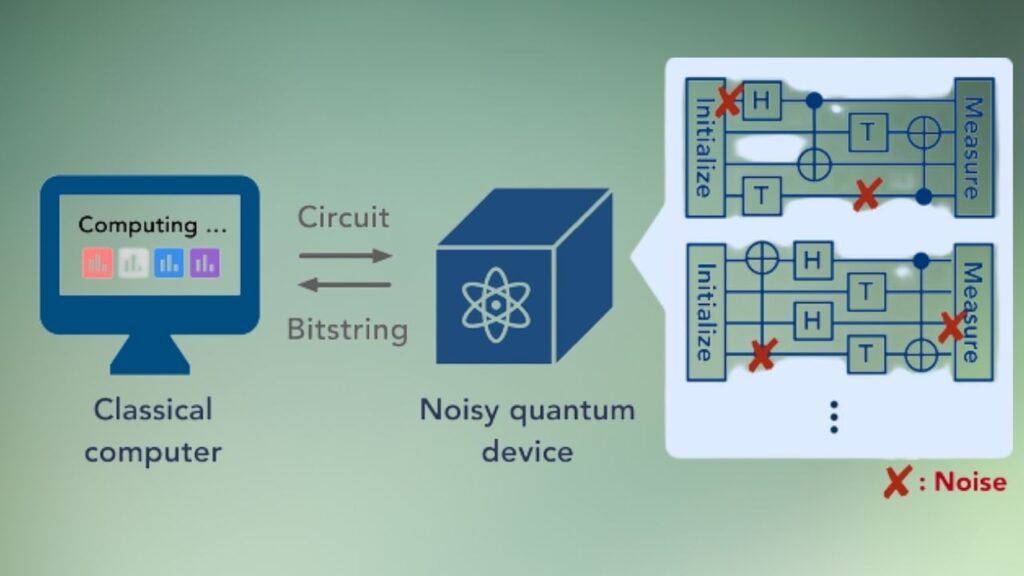
Until now, quantum computers have been stuck in the NISQ era—short for “noisy intermediate-scale quantum.” In this era, quantum computers are small, error-prone, and limited to running simple experiments. Quantinuum’s breakthrough moves us toward utility-scale quantum computing, where quantum computers can solve real problems for industries and researchers.
With this milestone, Quantinuum is on track to deliver a universal, fully fault-tolerant quantum computer—called Apollo—by 2029. This computer will be able to run millions of operations on hundreds of logical qubits, making it useful for everything from drug discovery to financial modeling.
Practical Advice: What Does This Mean for You?
If you’re a student, this means you’ll likely see quantum computers in your lifetime—maybe even use them in your future job. If you’re a professional, it’s time to start thinking about how quantum computing could impact your industry. Here are some practical steps:
- Stay Informed: Follow companies like Quantinuum and read up on quantum computing news.
- Learn the Basics: You don’t need to be a physicist to understand the basics of quantum computing. There are plenty of online resources and courses.
- Think About Applications: Quantum computers could revolutionize fields like medicine, logistics, and cybersecurity. Start brainstorming how your work could benefit.
A Simple Guide to Quantum Error Correction
Let’s break down how quantum error correction works, step by step:
- Logical Qubits: Instead of using single, fragile qubits, quantum computers use groups of qubits called logical qubits. These are like teams that work together to catch and fix mistakes.
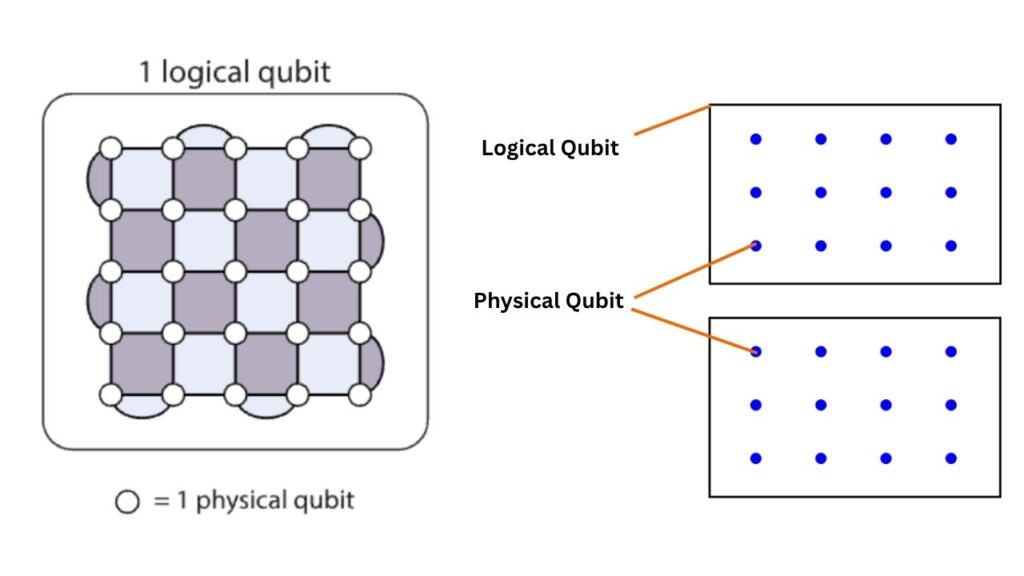
- Error Detection: The computer constantly checks for errors by measuring certain properties of the logical qubits.
- Error Correction: If an error is detected, the computer fixes it without disturbing the actual computation.
- Repeat: This process happens over and over, ensuring the computation stays accurate.
This is similar to how your phone corrects typos as you type, but much more advanced.
Real-World Examples
- Medicine: Quantum computers could help design new drugs by simulating molecules at the atomic level.
- Finance: They could optimize investment portfolios by analyzing millions of possibilities in seconds.
- Climate Science: They could model complex climate systems to help us predict and mitigate climate change.
Caltech Unveils New Hybrid Quantum-Classical Computing Method to Revolutionize Chemical Simulations
IBM Expands Quantum Computing Footprint With Major Launch of Quantum Computer in Japan
Shape-Shifting Electronic Ink: The Future of Flexible Devices
FAQs About Quantinuum Reaches Critical Milestone in Error Correction
Q: What is a quantum computer?
A: A quantum computer is a type of computer that uses quantum bits (qubits) instead of classical bits. Qubits can be in multiple states at once, allowing quantum computers to solve certain problems much faster than classical computers.
Q: Why do quantum computers need error correction?
A: Qubits are very sensitive to their environment and can easily make mistakes. Error correction protects the information stored in qubits, making quantum computers reliable enough for real-world use.
Q: What is a logical qubit?
A: A logical qubit is a group of physical qubits working together to store information more reliably. Logical qubits are protected by quantum error correction codes.
Q: How does Quantinuum’s breakthrough help?
A: Quantinuum has shown that it’s possible to perform all the necessary quantum operations with error correction, making quantum computers much more reliable and scalable.
Q: When will we see practical quantum computers?
A: Quantinuum aims to deliver a fully fault-tolerant, universal quantum computer by 2029.
